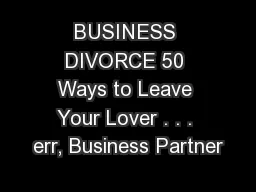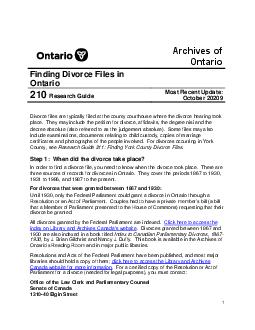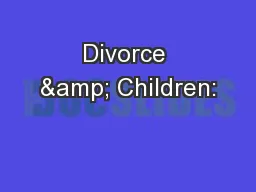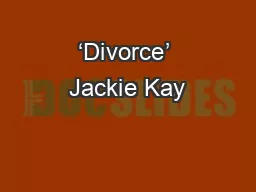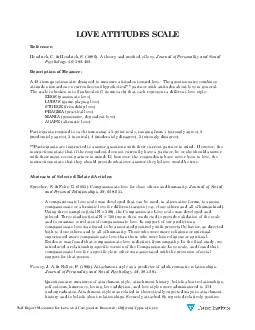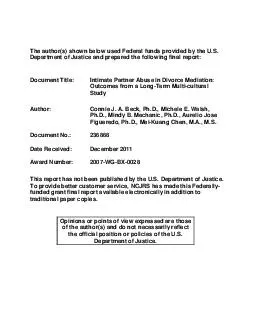PPT-BUSINESS DIVORCE 50 Ways to Leave Your Lover . . . err, Business Partner
Author : marina-yarberry | Published Date : 2018-11-01
Moderator Kurt M Heyman Partner Proctor Heyman Enerio LLP Wilmington DE Speakers Hon Donald F Parsons Jr Vice Chancellor Delaware Court of Chancery Melissa N Donimirski
Presentation Embed Code
Download Presentation
Download Presentation The PPT/PDF document "BUSINESS DIVORCE 50 Ways to Leave Your L..." is the property of its rightful owner. Permission is granted to download and print the materials on this website for personal, non-commercial use only, and to display it on your personal computer provided you do not modify the materials and that you retain all copyright notices contained in the materials. By downloading content from our website, you accept the terms of this agreement.
BUSINESS DIVORCE 50 Ways to Leave Your Lover . . . err, Business Partner: Transcript
Download Rules Of Document
"BUSINESS DIVORCE 50 Ways to Leave Your Lover . . . err, Business Partner"The content belongs to its owner. You may download and print it for personal use, without modification, and keep all copyright notices. By downloading, you agree to these terms.
Related Documents

